£12.99
Tesla & The Cabbage Patch Kids: Exploring the lost Empire of Tartaria and the Reset of 1776
Mud-floods, fire and earthquakes destroyed a great deal of the empire and the civil and the Napoleonic wars killed-off many of its inhabitants. Those that survived were incarcerated within the newly established asylums and prisons, hidden away from those that now lived in the New World. Their children were taken and distributed to every major town and city, not just to be used as slave labour, but to repopulate too!
Centres of Healing became cathedrals and churches; technology that harnessed energy from the Aether was destroyed and then came the Industrial Revolution.
A repopulation program known as The Cabbage Patch Babies, produced thousands of human clones, that would grow up never knowing anything of the fallen empire.Then came Nikola Tesla, with inventions mirroring Tartarian technology, whose death would remain shrouded in mystery for all eternity.
Today we are living through another reset, at the hands of the descendants of the Anunnaki. This book serves as a stark warning of history repeating itself, with the hope of awakening as many people as possible, before it’s too late!
Guy Anderson
| Dimensions | 15.24 × 1.35 × 22.86 cm |
|---|---|
| ASIN | B0DGDNKMDC |
| Publisher | Independently published (5 Sept. 2024) |
| Language | English |
| Paperback | 233 pages |
| ISBN-13 | 979-8338424131 |
| Dimensions | 15.24 x 1.35 x 22.86 cm |
10 reviews for Tesla & The Cabbage Patch Kids: Exploring the lost Empire of Tartaria and the Reset of 1776
Related products
Mesoamerican Mythology: A Captivating Guide to Maya Mythology, Aztec Mythology, Inca Mythology, and Central American Myths (World Mythologies)
£13.55- Maya Mythology: Captivating Maya Myths of Gods, Goddesses and Legendary Creatures
- Aztec Mythology: Captivating Aztec Myths of Gods, Goddesses, and Legendary Creatures
- Inca Mythology: Captivating Inca Myths of Gods, Goddesses, and Legendary Creatures
- Central American Mythology: Captivating Myths of Gods, Goddesses, and Legendary Creatures of Ancient Mexico and Central America
In the first part of this book, you’ll find the following Maya myths and topics covered
- Two Creation Myths
- The Downfall of Seven Macaw
- The Boyhood Deeds of Hunahpu and Xbalanque
- Ballgames in Xibalba
- The Deaths and Resurrections of Hunahpu and Xbalanque
- The Man Who Became a Buzzard
- How the Sun and Moon Became Man and Wife
- Rabbit Gets His Drink
- And many more!
In the second part of this book, you’ll find the following Aztec myths and topics covered
- The Legend of the Suns
- The Deeds of Mixcoatl
- The Origin of Maize and the Creation of Pulque
- The Fall of Xochiquetzal
- The Fate of Souls
- Huitzilopochtli and the Founding of Tenochtitlan
- Huemac Plays the Ball Game
- And many more!
In the third part of this book, you’ll find the following Inca myths and topics covered
- Stories of the Gods
- Inca Political Myths
- Five Andean Folktales and an Inca Play
- And much, much more!
In the fourth part of this book, you’ll find the following Central American myths and topics covered
- Olocupinele Creates the World (Dule/Cuna, Panama)
- Watakame’ and the Great Flood (Wixáritari/Huichol, Mexico)
- Yomomuli and the Talking Tree (Yoeme/Yaqui, Mexico)
- How the Sea Was Made (Cabécar, Costa Rica)
- Mother Scorpion’s Country (Miskito, Nicaragua)
- The Childhood of the Sun and the Moon (qne-a tnya-e/Chatino, Mexico)
- The Invisible Hunters (Miskito, Nicaragua)
- The King of the Peccaries (Bribri, Costa Rica)
- How Opossum Stole Fire (Mazatec, Mexico)
- Uncle Rabbit and Uncle Tiger (Nicaragua)
- And much, much more!
So if you want to learn more about these four mythologies, click “buy now”!
Justinian’s Empire: Triumph and Tragedy (The Fall of the Roman Empire)
£12.99IT WAS AN AGE OF GLORY…
…BUT ALL THAT GLITTERS IS NOT GOLD.
‘A riveting account of Justinian’s reign that challenges traditional consensus’ Kirkus Reviews
The sixth-century AD witnessed a remarkable turn-around in the Roman Empire’s fortunes. Justinian’s general, Belisarius, recovered North Africa and Italy from the barbarians. An impressive new law code was inaugurated that would endure to this day. Astonishing building projects, like the iconic Hagia Sophia, rivalled the great monuments of Old Rome.
But rather than restoring Rome’s greatness did Justinian in fact pave the way for its collapse less than a century after his death? Drawing on the contemporary sources, especially those of the chronicler Procopius, Nick Holmes reveals a darker side to Justinian – a ruthless opportunist, whose costly conquests and misguided priorities drained the empire’s wealth and critically weakened its army.
This is the fourth volume in Nick Holmes’ series on the Fall of the Roman Empire. The first three books trace the empire’s story from the ‘crisis of the third century’, through its reinvention by Constantine as a Christian state, and then onto the fall of its western half. A fifth volume will tell of its rapid demise in the seventh century AD, when the first Islamic Caliphate became the new superpower of western Eurasia.
Praise for Nick Holmes’ Books
‘A talent for storytelling’ Kirkus Reviews
‘Clear, succinct and compelling’ AudioFile Magazine
‘Perhaps the best historical story-teller alive’ Amazon Reviewer
Serbia’s Hidden Past: From the First Europeans to Modern Times: A Journey into the Lost History of Serbia and the Balkans
£19.99For centuries, mainstream history has often overlooked or misrepresented the significance of Serbian archaeological sites. The deliberate flooding of Lepenski Vir, the lack of proper excavation at Vinča, and the industrial developments at Viminacium raise questions about why these places have not received the attention they deserve. Were these events simply coincidental, or do they point to a broader effort to suppress historical truths? This book will examine these patterns, exploring the possibility that Serbia’s ancient past holds discoveries that challenge conventional historical narratives. By following a chronological timeline, we will trace the development of human civilisation in Serbia from the first known European settlers to modern times. The journey begins with the earliest human presence in the region, as evidenced by Neanderthal and early Homo sapiens remains found in caves such as Pešturina and Velika Balanica. These discoveries suggest that early humans inhabited the region far earlier than traditionally acknowledged, with genetic links to both Western European and Asian populations.
Greek, Mesopotamia, Egypt & Rome: Fascinating Insights, Mythology, Stories, History & Knowledge From The World’s Most Interesting Civilizations & Empires: 4 books
Discover Myths, History & More From The World’s Most Ancient Civilizations!
Within this epic 4 book bundle are vibrant, exciting, and memorable characters – plus places, myths, history, legends and more from Ancient Greece, Mesopotamia, Egypt & Rome.
Included in this Captivating 4 Book Collection are:
- Ancient Egypt: Discover Fascinating History, Mythology, Gods, Goddesses, Pharaohs, Pyramids & More From The Mysterious Ancient Egyptian Civilisation.
- Greek Mythology: Explore The Timeless Tales Of Ancient Greece, The Myths, History & Legends of The Gods, Goddesses, Titans, Heroes, Monsters & More
- Mythology of Mesopotamia: Insights, Myths, Stories & History From The World’s Most Ancient Civilization. Sumerian, Akkadian, Babylonian, Persian, Assyrian.
- Roman Empire: Rise & The Fall. Explore The History, Mythology, Legends, Epic Battles & Lives Of The Emperors, Legions, Heroes, Gladiators & More
We promise that once you’ve finished reading you’ll not only take away a wealth of information – but you’ll own the experience as if you’ve lived it yourself!
That’s because we have a passion for presenting factual, enjoyable history and culture in a style that keeps you turning the pages. Our books aim to not only provide you with the knowledge but to create an experience…We want you to feel the mythology and history “brought alive”
Allow us then to guide you through the mysterious, fascinating and magnificent histories of Ancient Greece, Mesopotamia, Egypt & Rome. Gods, goddesses, kings, queens, pyramids, mythology, culture, battles, beliefs, rituals, love, war, and much more.
All This & Much More In This 4 Book Collection, including:
- The Timeline of Roman History – How did it all begin? And how did it end?
- The Ancient Origins & Story of The Olympics
- Introduction to the Sumerians, Assyrians, Persians & Babylonians.
- Egyptian Mythology, Gods & Goddesses – including, Ra; God of The Sun, Seth; God of Chaos, Osiris & more
- How The Roman Military Became The Most Powerful In The World.
- How Mesopotamia Laid Foundations for Human Civilization – technology, laws, education, languages & more.
- Ancient Greek Monsters – Medusa, The Hydra, Typhon, Cerberus & More!
- Love, War, Suicide & Venom – The Cleopatra, Caesar & Mark Antony Love Triangle
- Mesopotamian epics & myths, including the Epic of Gilgamesh, The Babylonian Creation Myth, The Enuma Elish & many more.
- Uncovering The Secrets of The Pyramids & The Mysteries Mummification
And much, much more…
It’s time to pull back the curtain and discover what it was really like back then. Get closer to those fantastic, colorful, and mysterious times.
Whether you’re a history enthusiast or just a curious reader…Inside you will discover a wealth of history, mythology, culture and more in this book.
The Sumerian Civilization: An Enthralling Overview of Sumer and the Ancient Sumerians (History of Mesopotamia)
£10.49Ancient Mesopotamia’s legacy was truly revolutionary. Childlike pictures scratched into wet clay evolved into the first written language. The Mesopotamians wrote the first epic poems, the first hymns, the first histories, and the first law codes. They developed the first wheel for transportation; simple carts that hauled bricks or produce morphed into chariots racing along at thirty-five miles per hour.
They gazed at the sky and mapped it, observing the planets’ retrograde motions and predicting lunar and solar eclipses. They developed the concept of time, measurements, basic counting, higher math, and hydraulic engineering.
Mesopotamia gave birth to the world’s first great empires—the Akkadians, Assyrians, Babylonians, and Achaemenids—which stretched over three continents.
A glimpse at the questions this overview unpacks includes:
- How old is the world’s first city?
- How did the Eridu Genesis compare to Noah and the ark?
- How fast was the world’s first postal system?
- How many times did Babylon’s patron god Marduk get stolen?
- How did Hammurabi’s law code compare to the Law of Moses?
- Who calculated pi (π) to the value of 3.125 and understood the Pythagorean theorem twelve centuries before Pythagoras was born?
- Did Xerxes really have a million men in his army?
- Which empire encompassed 44 percent of the world’s population?
- What eunuch poisoned most of the Persian royal family?
- And much, much more!
Scroll up and click the “add to cart” button to learn the stories of incredible ancient Mesopotamia!

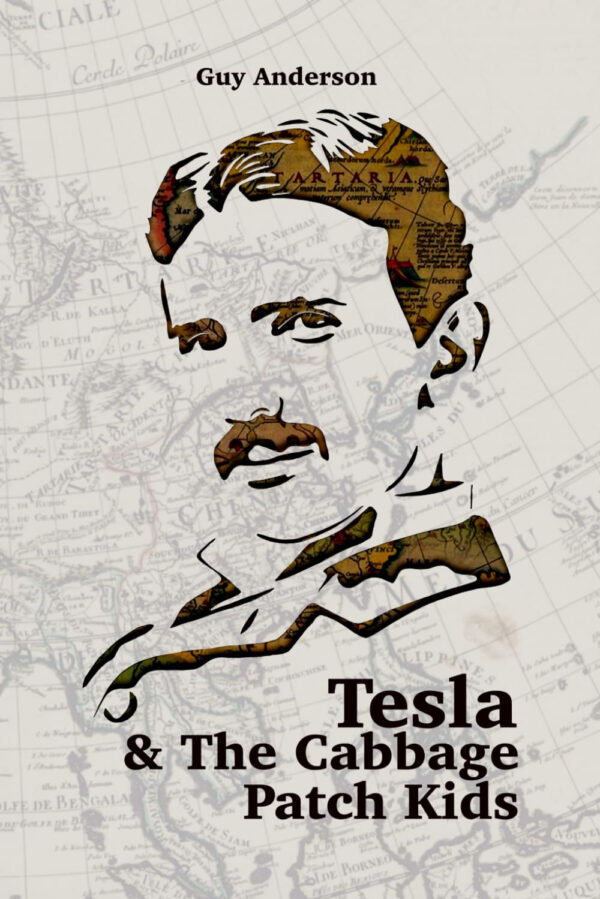


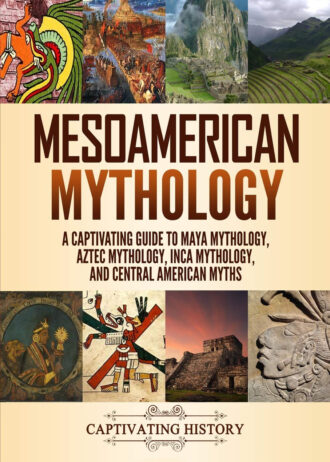
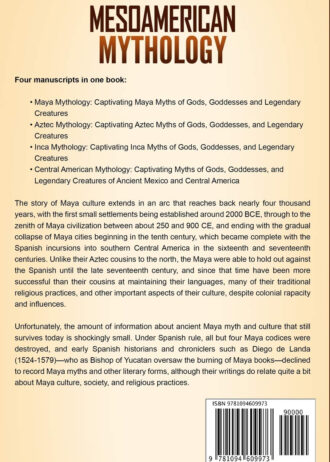
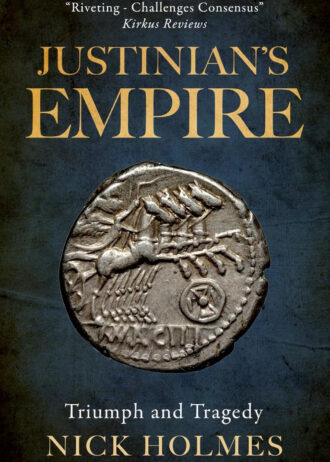
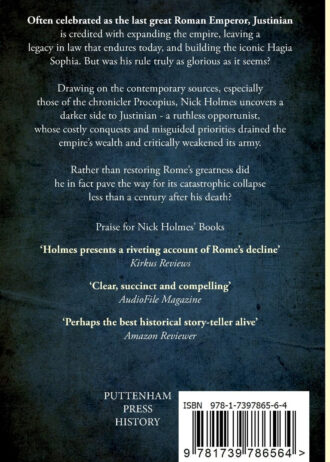
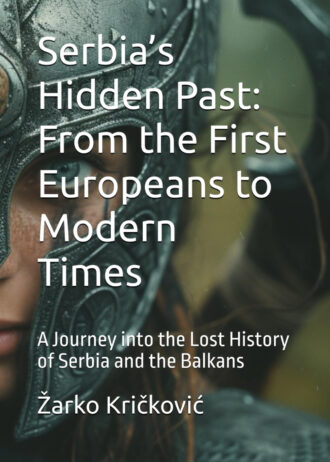
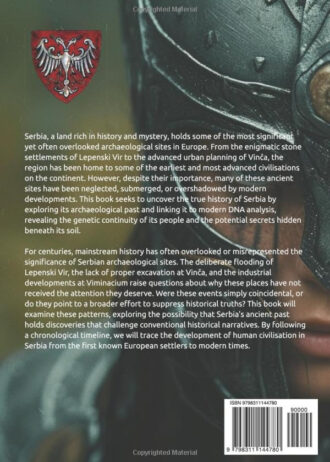


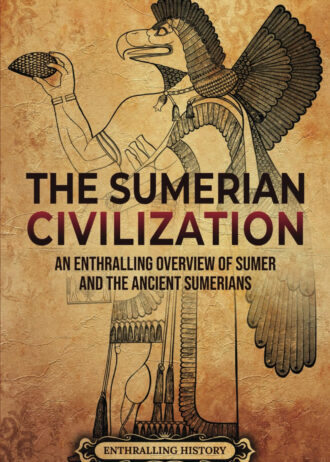
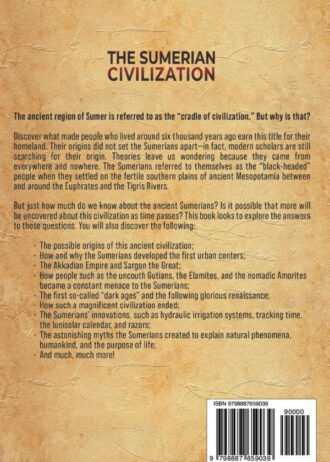
Ash –
Just finished and could not put it down. Usually books on subjects like this can take me a while but this was so easy to read with so much information. Thank you so much for such a fantastic find. I was scrolling books on Amazon and this one caught my eye and I’m so glad it did. Absolutely meant to find me, I was hooked from the first page! it’s one I will keep on my bookshelf for sure.
Joseph G McGurk –
I am very impressed with this book. It doesn’t take you so far into a rabbit hole you lose the will to live and stays on point. Not written in a highbrow way either, so easy to follow even if you’ve never dabbled in the subject.
Massimiliano –
Amazing actual research-based book. But grammar mistakes and other mistakes are kind of stains on those pages. Hopefully in the future there will be reprints with corrections after a thorough proofreading and it goes without saying that I would buy it again, hardback again.
Adele –
Fantastic read, great observations! I really enjoyed reading this research.
Jiří Mazánek –
I got convinced about validity of the main theory in this book – that the history has been changed using wars, disasters and other means to depopulate entire countries especially belonging to a civilization which had access to free energy and healing modalities based on light, color, sound and crystals. For that purpose the Earth’s Custodians (author calls them Parasites in the book which isn’t precise since they do their role for ET overlords as custodians of this planet) go to great lenghts including creating wars and bombing places which bear architectural signs of the unwanted paradigm. The main theory of the book is concerning architecture eg. cathedrals, churches and star-forts.I believe this theory is absolutely convincing as it is horrifying. We know from other cases in history for example a hidden War in Laos that an army is indeed used to destroy unwanted occurences like something which proves an existence of another civilization.Related theories in this book eg. mudfloods or a change of timeline isn’t really convincing to me as it is poorly substantiated (for examplejust one picture of a mudded building in Kansas really wouldn’t do) neither it does much logical sense.The book is written in layman’s terms which isn’t bad in itself but there are quite a few typos and grammatical errors. It sometimes contains statements which are like ”shouts in the dark” eg.: ”Jesus was a father of Genghis-Khan” or ”Humans were made from Neanderthals by Annunaki” without any further explanation or mentioning a source. That is of course punishable from academical point of view and it just doesn’t help this book at all.Given it’s author’s first book and regarding topic which is groundbreaking I’m willing to accept the imperfections. I’d wish author in the future went deeper into the main theories of his book and provided and extended version containing for example more evidence because it could indeed become a whole new field of knowledge.
Nathalie U –
This book is amazingly interesting, and proves how blind we can all be to lies and manipulations by those who are elected to/supposed to respect our social and political wishes. And those we don’t know much about and seem to control everything. I cannot read a history book the same way after reading this treasure, there are so many things missing… I am shocked at how blind and subservient we are.
benjamin john gerrell –
I thoroughly enjoyed reading this book and will be following up with some of Guy’s other recommendations.It fascinates me about how much trust we have put into the narrative and without questioning anything.Thank you Guy I am awake.
pee –
The book gives a logical explanation on how real live manipulation by the glo bal elites operate, it tells you in a language that the masses can understand….. the few really awakened amongst the masses will know the true implications of the information written in this condensed all in one play book of the NWO.
Dom –
Happy about a great book fast delivery
Very happy
Astrid –
Excelente libro!
Excelente libro, una investigación genial con hechos súper interesantes y aleccionadores, me encanta que me haga pensar, me invite a investigar más a fondo. Un libro invaluable!